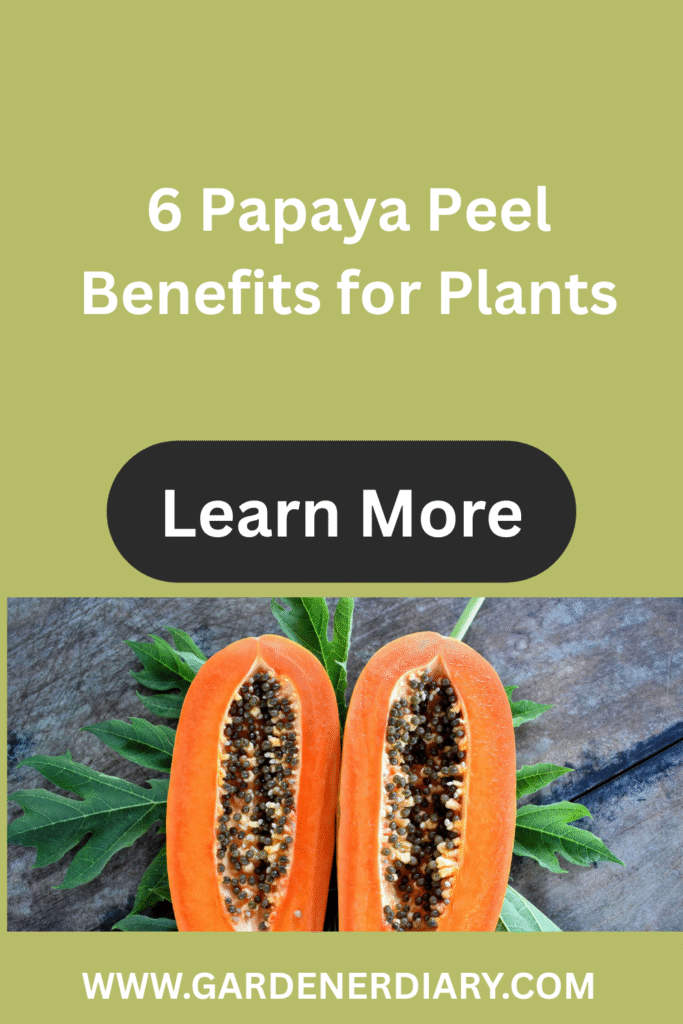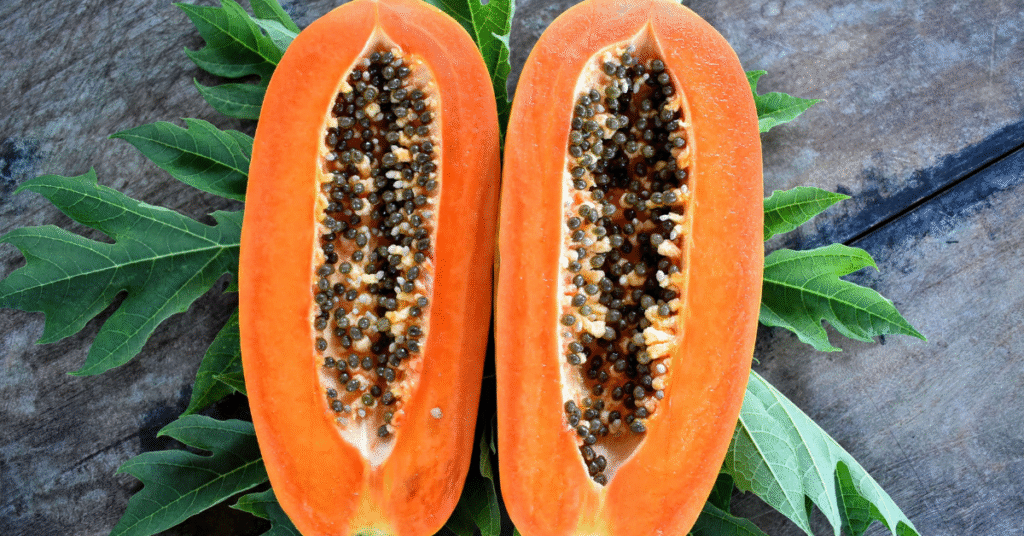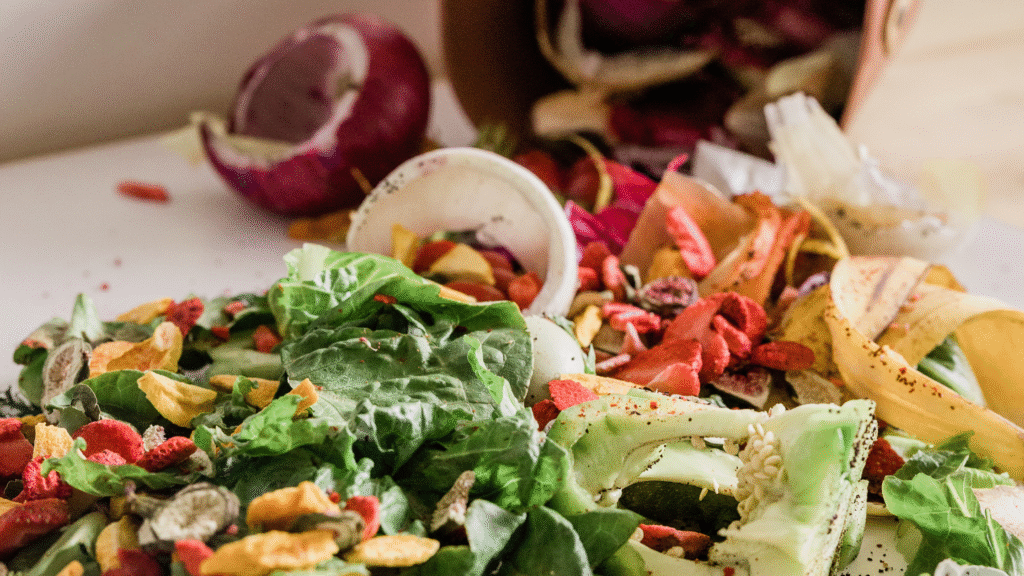Papaya Peel Benefits for Plants
Papaya peels are a nutrient-dense and eco-friendly option for enriching your garden soil. Rather than throwing them away, they can be composted, blended into plant food, or used as direct mulch. These peels are especially rich in potassium and enzymes that support plant health.
1. Rich Source of Potassium
Potassium is essential for flowering and fruiting. Papaya peels naturally contain high potassium levels, which makes them perfect for plants like tomatoes, peppers, and fruit trees. Just chop the peels and bury them near the plant roots.
2. Natural Compost Material
Papaya peels break down quickly, making them ideal for composting. When mixed with other fruit and vegetable scraps, they speed up decomposition and improve microbial activity in the compost pile.
3. Papaya Peel Liquid Fertilizer
Blend papaya peels with water and leave the mixture to ferment for 3–5 days. The resulting liquid can be strained and used as a natural liquid fertilizer, rich in nutrients and enzymes. Apply this to the base of your plants every two weeks.
4. Soil Conditioner
When chopped and worked into the soil, papaya peels help improve soil structure. Their high organic matter content boosts moisture retention and creates a fertile base for plant roots.
5. Pest Deterrent Effect
The strong scent and enzymes in papaya peels may help repel certain soil pests. When buried shallowly around plants, they can act as a mild deterrent to insects and larvae without harming beneficial organisms.
6. Eco-Friendly and Waste-Free
Using papaya peels in your garden helps reduce kitchen waste and reliance on synthetic fertilizers. It’s a sustainable practice that contributes to soil health and supports greener gardening habits.
Conclusion
Don’t throw away your papaya peels! With their potassium, enzymes, and composting value, they can enhance your garden’s soil, feed your plants, and contribute to a sustainable lifestyle. Whether you’re composting or making liquid fertilizer, papaya peels are a simple solution for better gardening.


